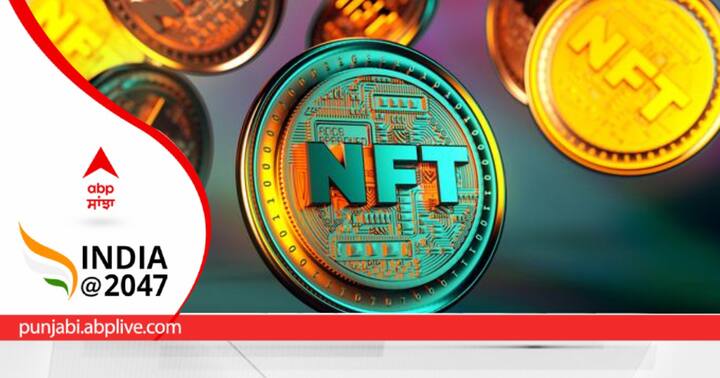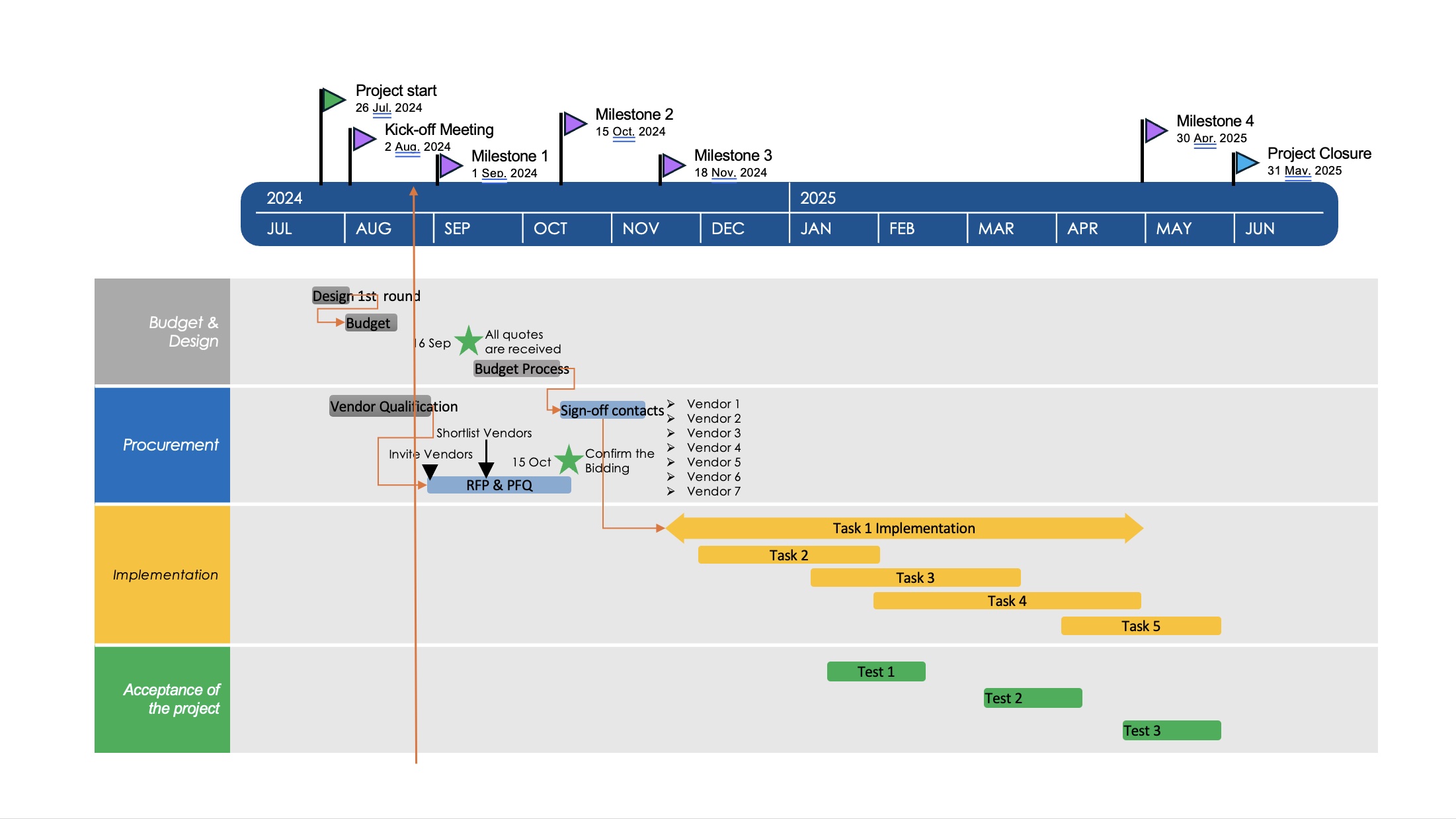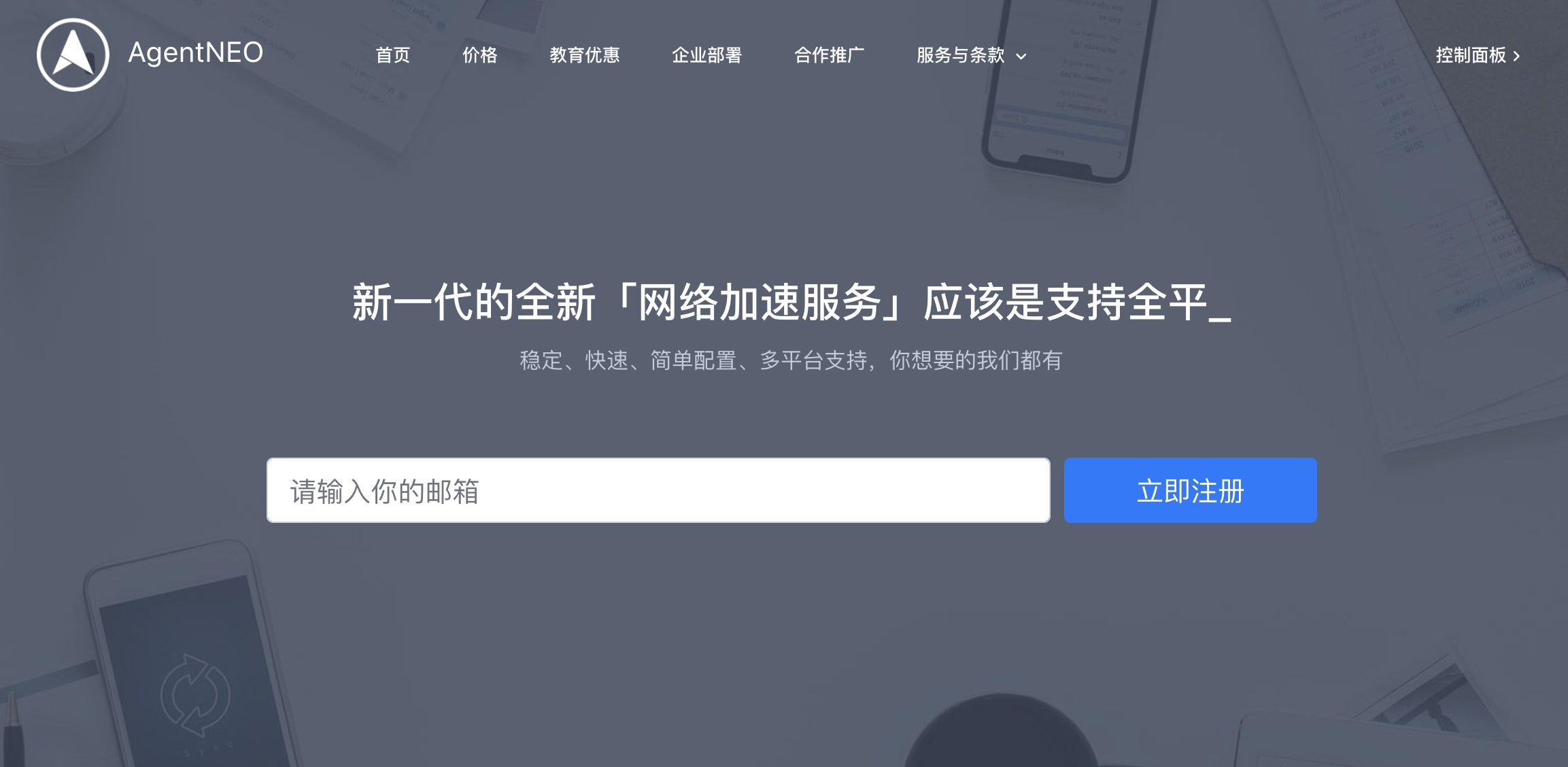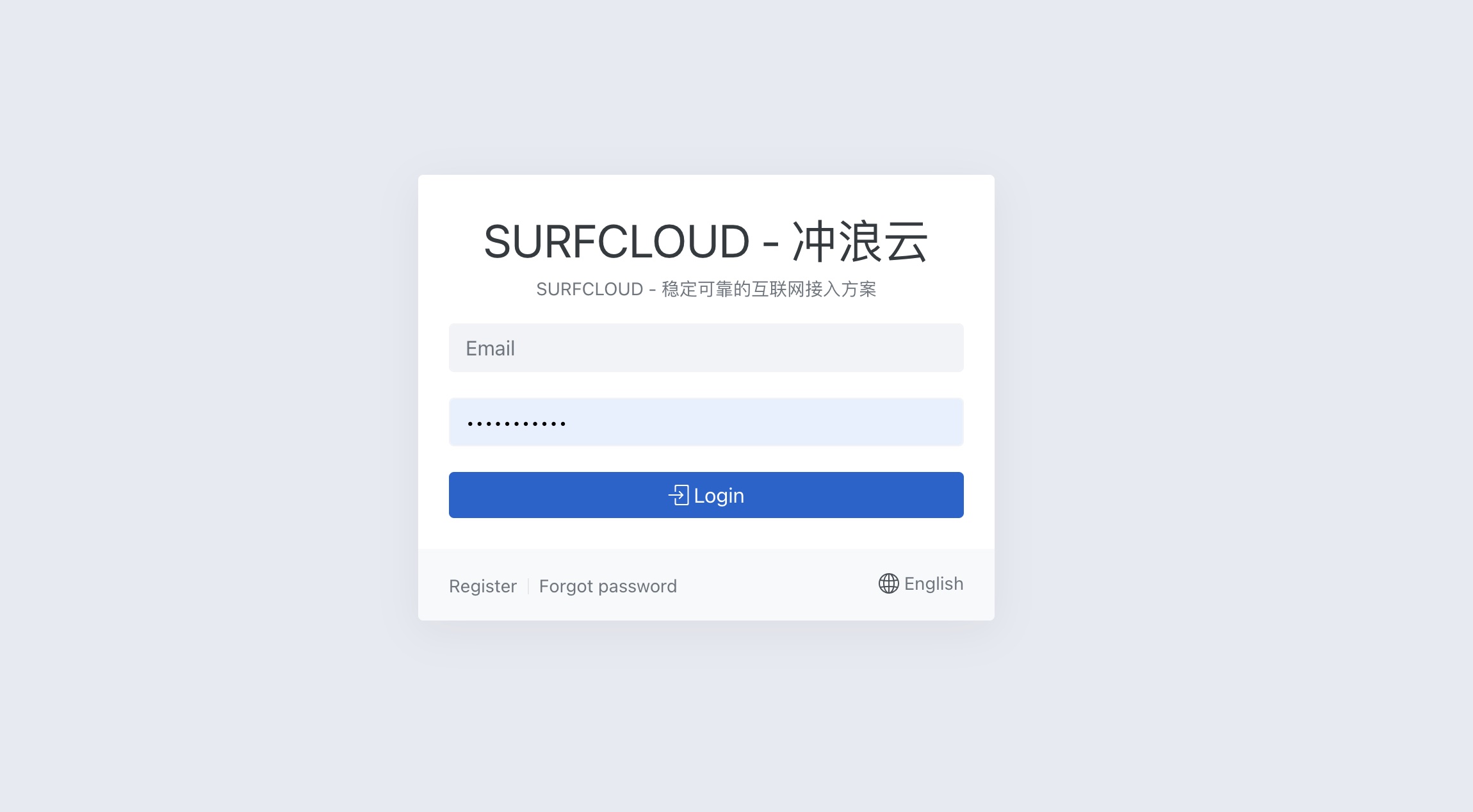The art world is clearly in trouble during the coronavirus pandemic. A study by Art Basel and UBS found that public auction sales had dropped by an average of 30% over the past year. This was partly offset by a forced transformation as some auctioneers and galleries reluctantly became disruptors, turning to digital platforms to attract customers.
The recent art market interest in NFTs (non-fungible tokens) must come as a relief to some within the industry as they struggle to find success online. The news of the NFT auction was sold by a major auction house to an Indian entrepreneur for $69 million , and the work of digital artist Beeple was widely touted as a breakthrough in digital art. Since then, further NFT auctions held by the world’s largest auction house have continued to see huge demand.
Many have predicted a sea change in the centuries-old art market , with customers expected to eschew traditional auction houses in favor of buying digital art through decentralized marketplaces. Some critics disagree: They see NFTs as just the latest froth in an industry characterized by cycles of speculation and sell-offs, claiming that many of the digital art world’s newest patrons are seeking to get rich simply by flipping acquired NFT works.
The notion of an imminent reckoning in the art world seems dubious. At the same time, however, it’s equally easy to argue that NFTs are nothing more than a passing fad. The basic concepts and technology behind NFTs are promising. They are likely to create a new market and bring new innovations in the arts.
What is the value of NFT in the art space?
NFT is not a new concept in the blockchain world. They’ve been around for several years, wildly popular in the gaming market and fan collectibles, and more than one adult has had a meltdown trying to acquire a digital cat’s family .
However, as an increasingly popular class of digital assets, NFTs can also be used as digital certificates to represent provable ownership of artworks, recorded and easily verified using the blockchain. The artwork represented is usually digital, as is the case with many high-profile NFT sales, but may even be physical objects, such as paintings or sculptures, via electronic tags (QR codes, for example).
The rise of NFTs has gone hand in hand with the growth of the digital space, making them popular.
The value of NFTs comes from the ease with which they can be traded, hence the emergence of many highly liquid digital art exchanges. With improved user experience and better-supporting infrastructure, NFT art may continue to gain legitimacy as a new innovation in the art market. The rise of NFTs has gone hand in hand with the development of digital technology, which has made it popular. Decentralized auction houses are emerging to cater to a new digital art market. The integration of NFT marketplaces and decentralized finance has gradually emerged with new layers of complexity.
The result is a new crop of increasingly elegant tools designed to drive more access and financing, offering fractional ownership, collateralized loans, and index trackers for the NFT marketplace. As such, NFTs — and tokenized assets more broadly — have the potential to offer new ways to fund creativity and improve access for artists and buyers.
Opportunity in India
India accounts for about 7% of the global economy in terms of gross domestic product, but its art market is relatively small. In 2018, India accounted for only 1% of world art imports, while China’s share was 9% . Yet despite its relatively small footprint, and the pandemic aside, the Indian art market has been thriving. Annual auction revenue in 2018 was up 29% from the previous year , outpacing almost every other market in Asia.
Auction houses are struggling to meet India’s growing demand for art, with just 7% of works unsold in 2018 (compared to a global average of 30%). Demand for art is soaring, and auctioneers, the traditional “middlemen” between artists and patrons, are fast becoming a bottleneck. Proponents hope that NFT marketplaces will emerge as an alternative, offering India’s 624 million internet users a new medium to buy and sell digital art.
In a country where many artists do not have access to adequate funding, this could have far-reaching consequences.
Success can open doors to various grassroots artists from all over India. For example, it is not so absurd to imagine a digital work developed in the style of Kalighat folk art of Bengal. Indian artists may be immediately empowered to make their work available to a global audience and access new financing methods for further development.
In a country where many artists do not have access to adequate funding, the impact could be far-reaching. Not only could it make art a viable career for millions of aspiring artists, it could also unlock new art forms by funding creativity and revitalizing fading traditions.
Likewise, copyright protection may not cover the exchange of NFT-backed digital works of art. These issues limit access and limit adoption. The government plans to introduce a cryptocurrency bill outlining its position later this year. Advocates of cryptocurrencies are optimistic. They argue that the government has hinted at a softened stance and is considering regulating digital assets rather than banning them.
Complicating matters is the digitization of the Indian art market. For example, placing an NFT-backed work might be simple for a digital artist in a tech hub like Bangalore, but less feasible for a folk painter based in a place like Bikaner. Access will improve over time. Art collectives, charities and private galleries may be able to help more artists get online, expanding the reach and quality of digital art in India.
They may expect disruption, but Indian auction houses are unlikely to see NFTs as a threat. That’s right. By auctioning NFTs on their platforms or forming new partnerships with NFT marketplaces , three of the world’s largest auction houses quickly realized the opportunity to expand into new business models and new clients. Established galleries may benefit from such collaborations. Indian arts institutions should take note.




DentiCore is a dental and gum health formula, made with premium natural ingredients.
This design is steller! You most certainly know how to keep a reader entertained. Between your wit and your videos, I was almost moved to start my own blog (well, almost…HaHa!) Great job. I really enjoyed what you had to say, and more than that, how you presented it. Too cool!
You have brought up a very good points, appreciate it for the post.
Greetings! Very helpful advice on this article! It is the little changes that make the biggest changes. Thanks a lot for sharing!
of course like your web site but you need to check the spelling on quite a few of your posts. Many of them are rife with spelling problems and I find it very bothersome to tell the truth nevertheless I will certainly come back again.
Very good written article. It will be valuable to anybody who employess it, as well as myself. Keep up the good work – can’r wait to read more posts.